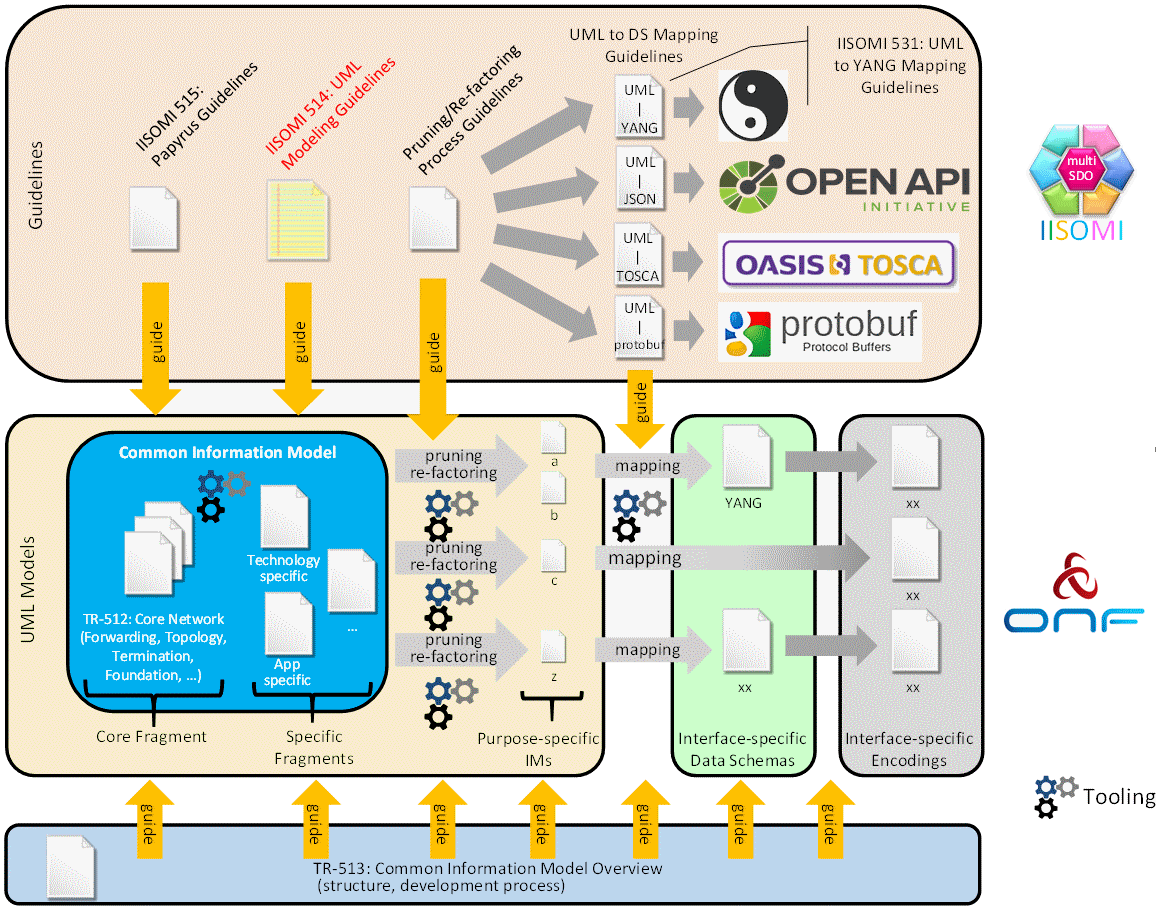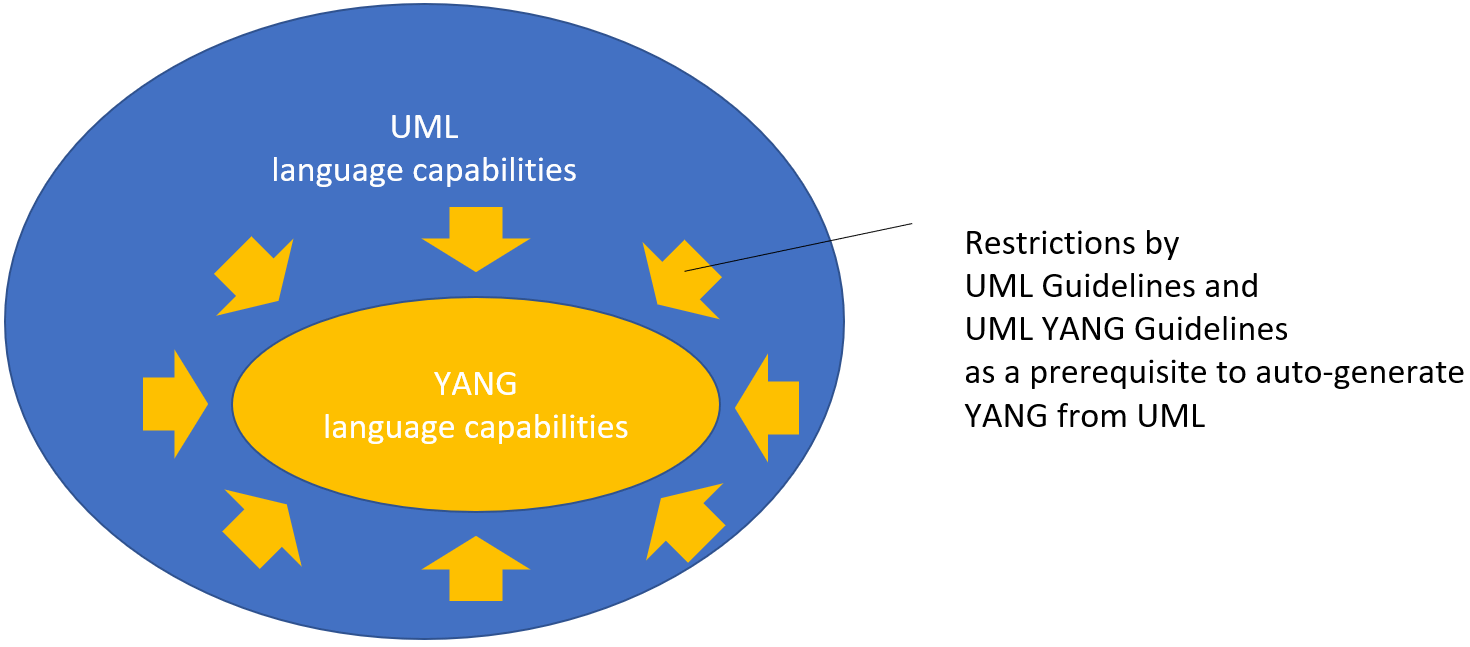Costa Rica face-to-face (and remote)
Time zone: UTC-06:00
Oct14 -10:15 to 11:45: Session with WG2
Lead: Dhruv Gupta
IM for A1:
Kevin Scaggs
https://gerrit.o-ran-sc.org/r/admin/repos/scp/oam/modeling
A broader scope of the IM work
The O-RAN common information model should align the different WGs in terms of modeling, terminology, definitions, … avoiding different modeling and solutions for the same functionalities.
- A serial number is a serial number is a serial number
- SW management is SW management is SW management
In addition, the IM work aligns the work with 3GPP (not relevant for A1 as A1 is a pure O-RAN exercise) and addresses gaps from the operator's point of view.
What are the expected deliverables, and expectations from WG2?
WG1 IM would need input from WG2 for the object and attributes to be modeled and related use case descriptions and workflows.
PM data according to WG1 Architecture and Interface specification should be streamed via VES to SMO. Are there gaps in the VES format for PM data?
Oct15 -16:30 to 18:15: Session with O-RAN-SC ToC
Status, roadmap, use cases: 2019-10-15-ORAN-OSC_rel_A-B_WG1_OAM_O1_OIM.pptx
Oct16 -16:30 to 18:15: Session with WG1
Lead: Kevin Scaggs(Information modeling part, Papyrus); Martin Skorupski(yang)
Alignment across UML Information models
Reconcile O-RAN IM with open source project models
As O1 is concerned the VES format is developed and maintained in the open source project ONAP. Now 3GPP and therefore also O-RAN IM is looking into it. Please see https://wiki.onap.org/display/DW/VES+7.1.
For the configuration part there are several information model and data models available from different SDOs and/or open-source projects: IETF, MEF, TMF, IEEE, ITU-T, ONF, OpenROADM, OpenBackhaul, ...
Also 3GPP specifies yang modules - WG1 and WG5 are contributing feedback to 3GPP: Contribution to 3GPP TS 28.541 V16.1.0

